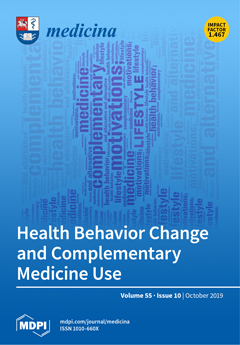Background and objectives: High-flow nasal cannula (HFNC) can be used as a respiratory support strategy for patients with acute respiratory failure (ARF). However, no clear evidence exists to support or oppose HFNC use in immunocompromised patients. Thus, this meta-analysis aims to assess the effects of HFNC, compared to conventional oxygen therapy (COT) and noninvasive ventilation (NIV), on the outcomes in immunocompromised patients with ARF. The Pubmed, Embase and Cochrane databases were searched up to November 2018.
Materials and Methods: Only clinical studies comparing the effect of HFNC with COT or NIV for immunocompromised patients with ARF were included. The outcome included the rate of intubation, mortality and length of stay (LOS).
Results: A total of eight studies involving 1433 immunocompromised patients with ARF were enrolled. The pooled analysis showed that HFNC was significantly associated with a reduced intubation rate (risk ratio (RR), 0.83; 95% confidence interval (CI), 0.74–0.94,
I2 = 0%). Among subgroup analysis, HFNC was associated with a lower intubation rate than COT (RR, 0.86; 95% CI, 0.75–0.95,
I2 = 0%) and NIV (RR, 0.59; 95% CI, 0.40–0.86,
I2 = 0%), respectively. However, there was no significant difference between HFNC and control groups in terms of 28-day mortality (RR, 0.78; 95% CI, 0.58–1.04,
I2 = 48%), and intensive care unit (ICU) mortality (RR, 0.87; 95% CI, 0.73–1.05,
I2 = 57%). The ICU and hospital LOS were similar between HFNC and control groups (ICU LOS: mean difference, 0.49 days; 95% CI, −0.25–1.23,
I2 = 69%; hospital LOS: mean difference, −0.12 days; 95% CI, −1.86–1.61,
I2 = 64%).
Conclusions: Use of HFNC may decrease the intubation rate in immunocompromised patients with ARF compared with the control group, including COT and NIV. However, HFNC could not provide additional survival benefit or shorten the LOS. Further large, randomized controlled trials are needed to confirm these findings.
Full article






